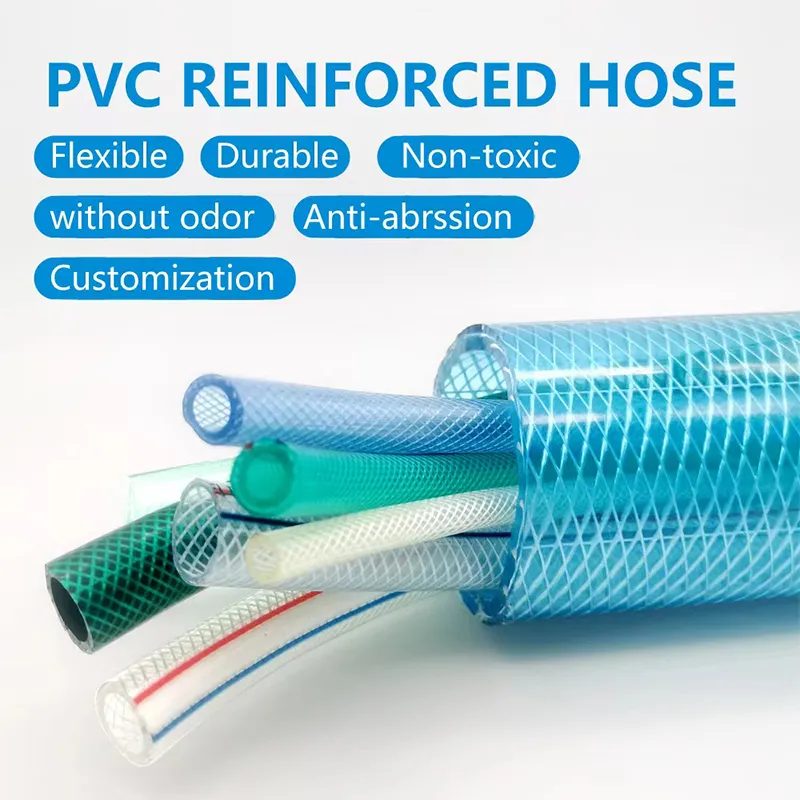types of hose in fire
Types of Hose in Firefighting A Comprehensive Overview
In the realm of firefighting, the hose is an essential tool, serving as the vital link between the water source and the fire itself. Fire hoses are designed to deliver water under high pressure efficiently to extinguish flames and protect lives and property. Understanding the various types of fire hoses is crucial for effective firefighting operations. This article explores the different types of hoses used in fire suppression, highlighting their features, applications, and significance in emergency response.
1. Attack Hoses
Attack hoses are the most commonly used hoses in firefighting. Designed to deliver water or firefighting foam directly to the fire, these hoses can handle high-pressure conditions. They typically come in two main sizes 1.5 inches and 2.5 inches in diameter. Attack hoses are used for interior firefighting, where they may be employed in close quarters and aggressive fire suppression operations. The materials used for attack hoses, such as synthetic fibers, offer durability and flexibility, allowing firefighters to maneuver them easily around obstacles.
2. Supply Hoses
Supply hoses are designed to transport water from a hydrant or other water source to a pump or fire apparatus. These hoses are usually larger in diameter, ranging from 3 to 6 inches, enabling them to carry large volumes of water efficiently. Supply hoses play a crucial role in establishing a reliable water supply for firefighting operations, particularly in large-scale incidents where high flow rates are necessary. The construction of supply hoses often involves reinforced materials to withstand the pressures of prolonged water flow and the rigors of transportation and use.
types of hose in fire

Wildland hoses are specialized hoses designed for firefighting in rural or forested areas. These hoses are typically lighter and more compact than standard fire hoses, making them easier to transport by hand or in all-terrain vehicles. Wildland hoses are often constructed from materials that resist abrasion and damage, considering the rugged environments in which they are used. Their smaller diameter typically ranges from 1 inch to 1.5 inches, and they are often paired with specially designed nozzles to deliver water in a fine mist, which is effective in controlling wildfires.
4. Booster Hoses
Booster hoses are high-pressure hoses that are typically used to quickly deliver water to a specific area in emergency situations. These hoses are smaller in diameter, usually around 1 inch, and are highly flexible, allowing firefighters to maneuver them easily into tight spaces. Booster hoses are often mounted on fire trucks and can be deployed rapidly for initial firefighting efforts, usually in combination with other types of hoses.
5. Shower Hoses and Decontamination Hoses
These hoses are used for specific situations within firefighting. Shower hoses are typically employed for washing down firefighters after exposure to hazardous materials, while decontamination hoses facilitate the cleaning of equipment and personnel to prevent contamination spread. These hoses may not be designed for high-pressure application but are crucial for the overall safety and health of firefighting crews.
Conclusion
The variety of hoses used in firefighting each serves a specific purpose, catering to the diverse demands of emergency situations. From attack hoses that combat fires up close to supply hoses that ensure a steady flow of water, the role of these hoses is indispensable in the fire service. Understanding the characteristics and appropriate usage of different fire hoses enables firefighters to enhance their response capabilities, ultimately saving lives and minimizing property damage. Proper training and maintenance of these hoses are equally vital to ensure that they function effectively when needed most. Firefighting is a dynamic profession, and the evolution of hose technology continues to support the brave men and women who risk their lives to protect others.
-
Unrivaled Performance and Applications of PU Pneumatic Hoses and TubesNewsJun.11,2025
-
The Transparent World of Industrial Tubing and Hosing SolutionsNewsJun.11,2025
-
The Intricate World of Pneumatic Conduits: Tubes and HosesNewsJun.11,2025
-
The Dynamic Landscape of Pneumatic Conduits: Unraveling Key ComponentsNewsJun.11,2025
-
The Diverse Applications and Significance of Transparent PVC TubingNewsJun.11,2025
-
High - Pressure Pneumatic Tubing and Systems: An In - Depth LookNewsJun.11,2025














